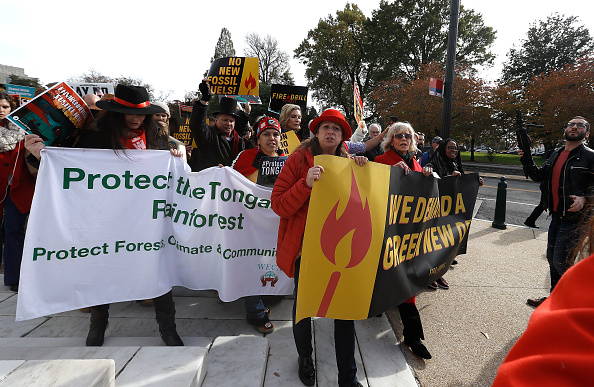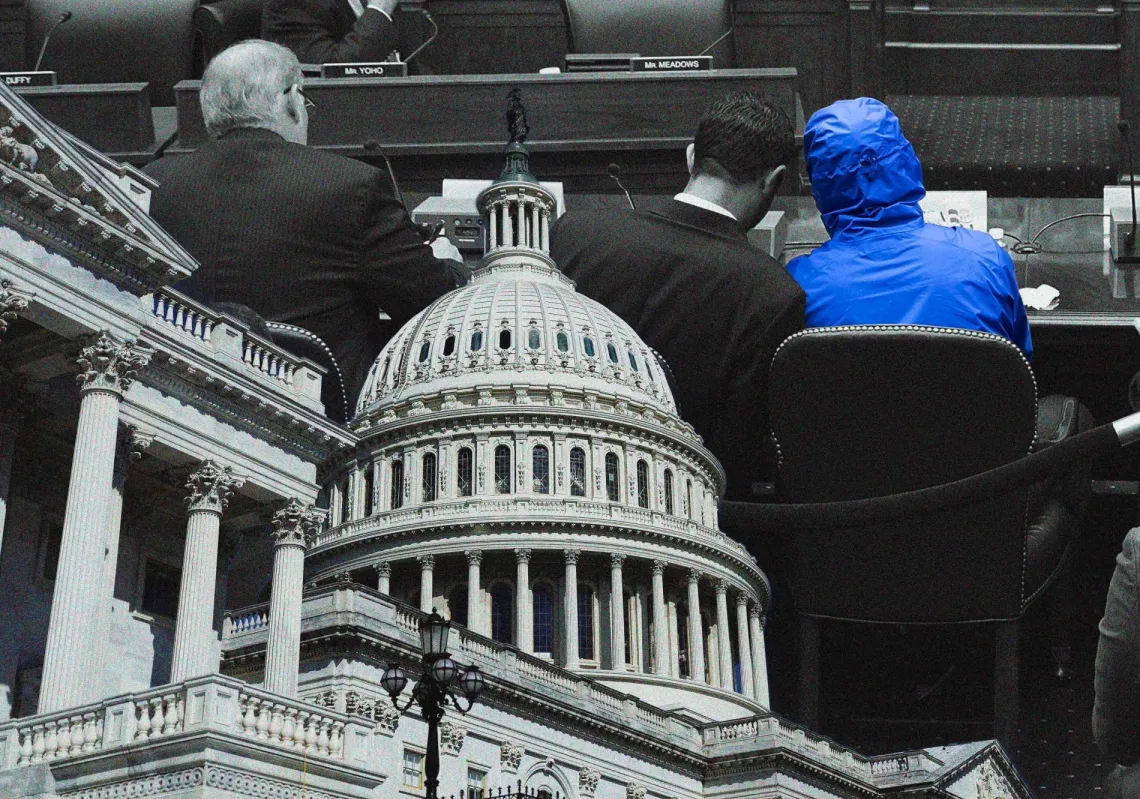President Donald Trump’s administration has been a prime mover in setting this new agenda. Its National Security Strategy, published in December 2017, portrayed China and Russia as seeking “to shape a world antithetical to U.S. values and interests,” with Beijing displacing the United States in the Indo-Pacific and Russia establishing spheres of influence near its borders. When he presented the new National Defense Strategy in January 2018, then Secretary of Defense James Mattis announced that “Great Power competition—not terrorism—is now the primary focus of U.S. national security.” Secretary of State Mike Pompeo said much the same in April, when he told NATO foreign ministers that the world had entered “a new era of great-power competition,” adding separately that “China wants to be the dominant economic and military power of the world, spreading its authoritarian vision for society and its corrupt practices worldwide.” GPC has become the Pentagon’s newest acronym.
But the consensus extends well beyond the current administration, to foreign policy experts, current and former national security officials—and much of the Democratic presidential primary field. Massachusetts Senator Elizabeth Warren warned last year that both Russia and China “are working flat out to remake the global order to suit their own priorities,” while Vermont Senator Bernie Sanders decried the rise of a new authoritarian axis that includes Moscow and Beijing and has ignited “a global struggle of enormous consequence.”
There is a striking disconnect, however, between the consensus in Washington and the views of most Americans. Survey after survey shows that while concerns about China are gradually rising, the vast majority of Americans are relatively unconcerned with great-power competition and much more focused on other threats. That could pose a problem for the United States’ new competitive strategy. A generation-long great-power competition demands national-level focus and new economic and military approaches, all of which will be difficult to achieve without popular support.

MIND THE GAP
Given the hardening consensus among foreign policy elites, it is remarkable that the American public expresses far different sentiments. In a recent survey released by the Chicago Council on Global Affairs, for instance, respondents ranked Russia as the ninth most pressing threat to U.S. interests (tied with immigrants and refugees) and China as the 11th most pressing threat (tied with the rise of authoritarianism). Two-thirds of respondents preferred to deal with the rise of China through friendly cooperation and engagement, and just 30 percent preferred to limit its power. Among both Republicans and Democrats, more saw Chinese power as a threat in 1998 and 2002 than see it as such today.
That survey is no outlier. A recent Pew Research Center poll asked Americans to rate seven threats, ranging from Iran and North Korea to climate change and t ISIS. China came in fourth and Russia last. For the past decade, Americans have consistently ranked terrorism and cyberattacks as the two most pressing national security threats, as they did in the Chicago Council survey. Climate change increasingly finishes near the top, and while regional threats wax and wane in public consciousness, Americans still tend to rate North Korea as a bigger threat than the great powers.
These views correspond to specific policy preferences among the general public. A November 2018 Reagan Institute poll asked where the United States should focus its military might. Possibly to the surprise of those seeking to extricate the United States from Middle Eastern distractions, it was not Europe or Asia that topped the list but the Middle East itself. Another poll by the Center for American Progress asked respondents to list their top foreign policy priorities. Stopping Russian interference in U.S. politics ranked behind guarding against terrorism, protecting American jobs, reducing illegal immigration, combating climate change, and dealing with Iran and North Korea. Taking on Chinese economic and military aggression ranked lower still, beneath all the same priorities as well as ending involvement in Middle East wars, fighting global poverty, and promoting trade. And whereas 95 percent of foreign policy elites would seek retaliation in the case of a Russian attack on a NATO ally, according to a recent Eurasia Group Foundation survey, only 54 percent of the public would do the same. Together, these surveys paint a picture of an American public much less concerned with great-power competition than with threats—such as terrorism, Iran, and North Korea—that policymakers have relegated to secondary status.
It is possible that the gap between elite and popular opinion will narrow over time as politicians adjust their focus to the concerns that most animate the public. Politicians and policymakers might begin to talk the terrorism-and-regional-threat talk while walking the great-power walk. Indeed, in his first State of the Union address, immediately following publication of the National Security Strategy, Trump emphasized the challenges not of great-power competition but of terrorism, North Korea, and illegal immigration.
But another, perhaps more likely, possibility is that the gap will simply persist. For decades, elites have been more supportive of globalization, trade, foreign aid, and alliances than the American public. The problem is that gaps that persist invite backlash—a phenomenon the United States is arguably witnessing today with the backlash against globalization, trade, and alliances. And to the extent that long-term competition with Russia and China demands “whole of society” responses rather than just a set of new policies, as many in Washington now argue, a lack of public support courts danger.
Washington’s favored response seems to revolve around educating the American people about great-power threats. With China, the gap is already beginning to narrow: a February survey from the Chicago Council showed that the percentage of respondents labeling the United States and China “mostly rivals” rose from 50 percent in March 2018 to 63 percent a year later. It is certainly tempting to borrow a page from Dean Acheson and make the Russia and China threats “clearer than the truth”—that is, painting them as critical and imminent—thereby stirring the country to action. The worry is that in doing so, elites will court overreaction and heighten anxiety among the public. The better course is to continually explain the nature of long-term great-power competition and connect it to specific actions Americans need to undertake to strengthen their position.
BALANCING THREATS
Great-power competition is a fact of life in our current age, and it is likely to endure well into the future. Russia represents an acute near-term threat to the United States, largely but not exclusively because of its interference in American democracy. At the same time, China and the United States are locked in a long-term competition across military, economic, technological, and ideological spheres.
But great-power competition cannot be the United States’ only focus, if for no other reason than the American people have other priorities. Left unattended, other threats—such as a mass-casualty terrorist attack on U.S. soil or a North Korean missile that falls close to the United States—could easily upend a carefully constructed set of policies aimed at countering Russia and China. In such a case, the temptation to embrace counterterrorism or rogue-state containment as the chief national security priority would become potentially irresistible—leaving the United States even more vulnerable to threats from Russia and China.
It has become an axiom of American foreign policy that the United States can no longer do it all, everywhere—if ever it could. The threats are too manifold, the resources too scarce. Surely it’s true that difficult choices about priorities must be made. But it is also true that the United States cannot compete with China and Russia while at the same time minimizing or dismissing other critical threats, especially those that animate the public more than worries about great-power trajectories. How to balance these worthy priorities in a manageable and sustainable way will be the overarching challenge for U.S. foreign policy.
This article was originally published on ForeignAffairs.com.









